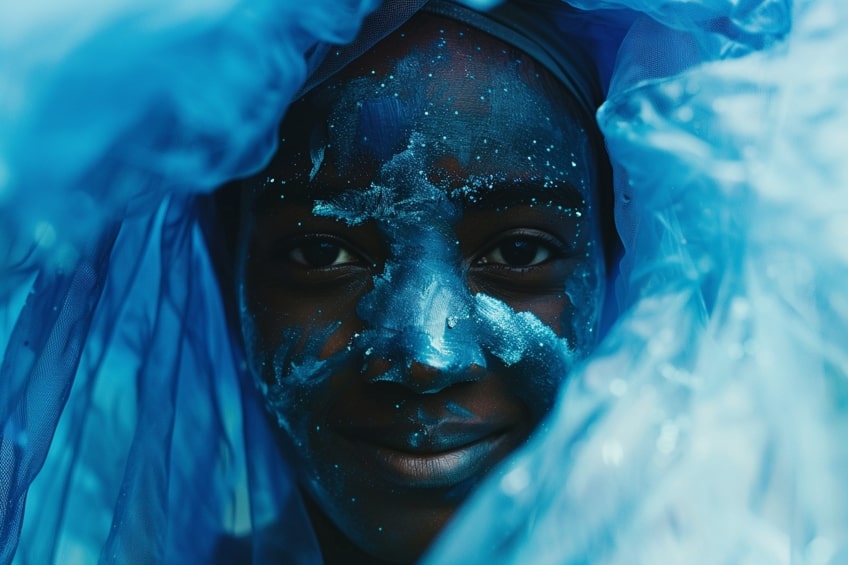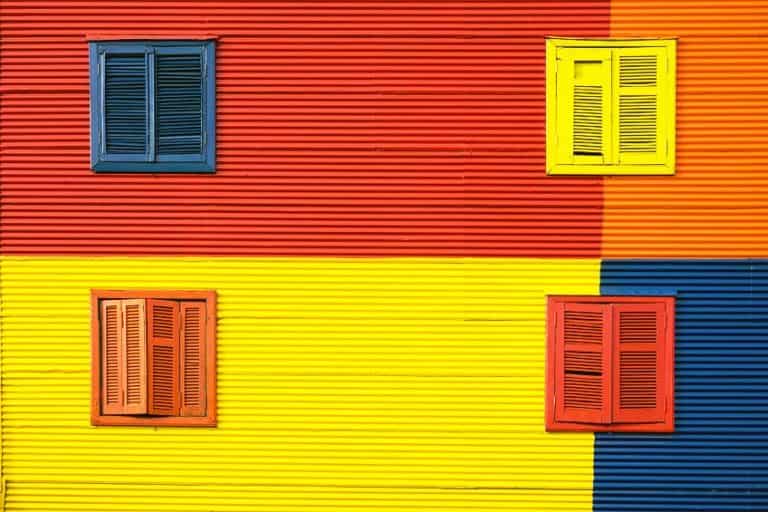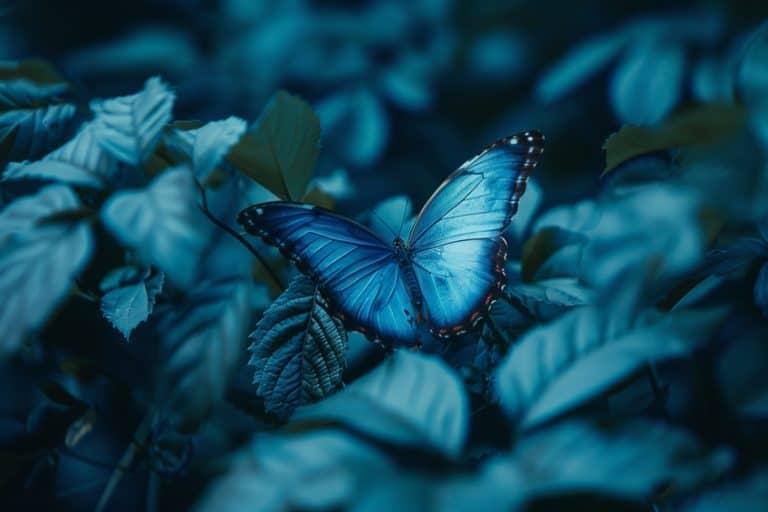What Does Blue and White Make? – Creating Heavenly Hues
Welcome to the colorful world where hues blend and shades dance! Today, we embark on a whimsical journey exploring the magical fusion of two timeless colors: blue and white. Like a brush stroked across a canvas, these colors intertwine to create harmonies that evoke tranquility, freshness, and wonder. Join me as we unravel the mysteries behind what happens when blue meets white, unlocking the secrets of this captivating color alchemy.
Table of Contents
Key Takeaways
- Mixing blue and white produces light blue.
- The proportion of white dictates the lightness of the blue tint.
- Light blue is commonly used to create a calming effect in design and art.
Color Basics
In the realm of art and design, colors play a fundamental role in composition and perception. Mastery of color mixing is essential to achieving the desired visual outcomes.
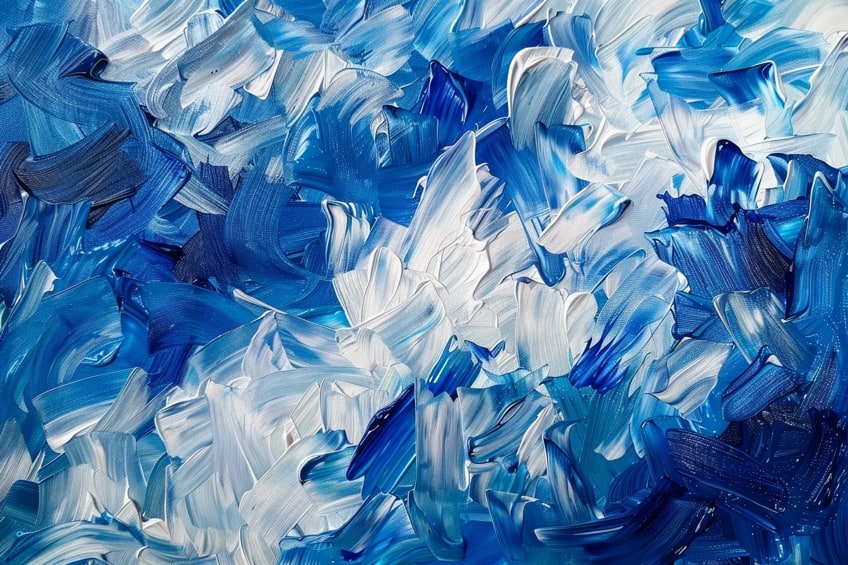
Understanding Color Theory
Color theory is a practical guide to color mixing and the visual effects of specific color combinations. The theory is based on the color wheel, a visual representation of colors arranged according to their chromatic relationship. In color theory, blue is acknowledged as one of the three primary colors, which can be mixed with white to create various tints.
Primary Colors and Their Significance
The primary colors consist of red, yellow, and blue. These are the foundation of all other colors on the color wheel and cannot be created by mixing other hues. Primary colors are pivotal in color mixing as they give birth to secondary colors (green, orange, and purple) when combined with each other and tertiary colors, which result from mixing primary and secondary hues. When blue, a primary color, mixes with white, it produces a lighter version of itself, often referred to as light blue or sky blue.

What Does Blue and White Make?
When blue and white are mixed together, the outcome is a variation of light blue. This result is consistent across various mediums, including paint and light. The hue of blue achieved can vary greatly depending on the proportion of white added to the mixture. In color theory, white functions as a tint, which means its addition to a color lightens it without changing the actual hue.
This is why varying amounts of white are often combined with a color to achieve a range of tints from the original hue.
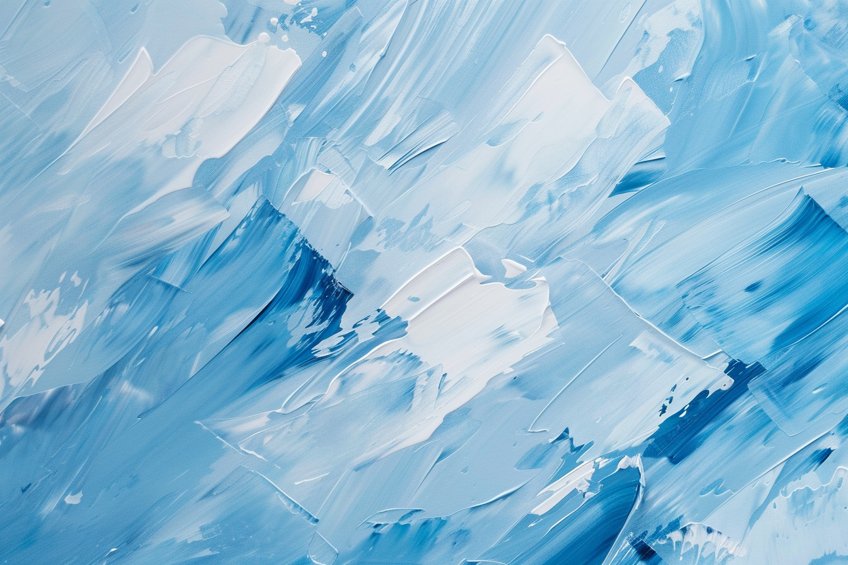
Light blue is a versatile color that carries implications of calmness and serenity, making it a popular choice in design and art. It’s used in various applications, from creating the illusion of space and light in a small room to evoking the tranquility of the sky or sea in a painting. Understanding the subtleties of mixing blue and white is essential for artists, designers, and anyone interested in the practical applications of color theory.
Understanding Blue
| Shade | Hex Code | CMYK Color Code (%) | RGB Color Code | Color |
| Blue | #0000FF | 100, 100, 0, 0 | 0, 0, 255 |
Blue is a primary color in the color spectrum, meaning it cannot be created by mixing other colors. In terms of light (additive color mixing), blue offers a specific wavelength characteristic of cool hues. The perceived color can vary in value (lightness or darkness) and chroma (color purity or intensity).
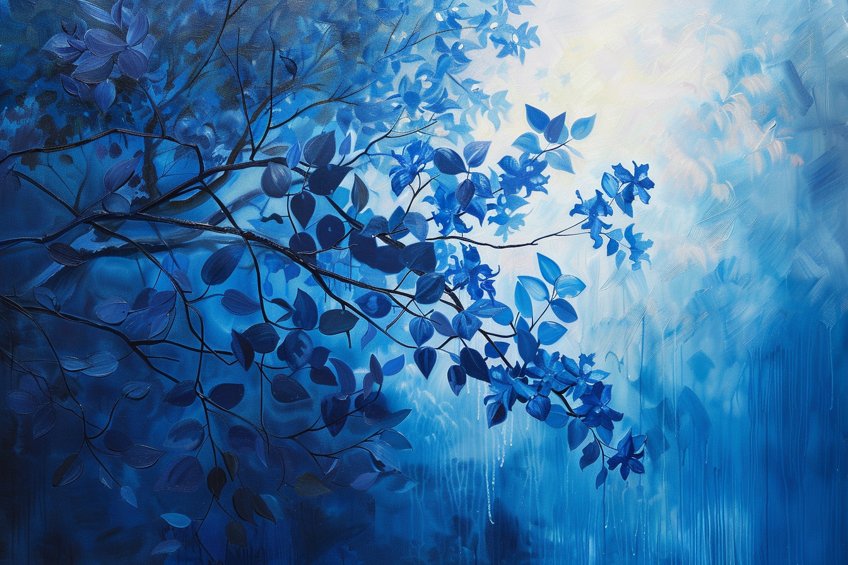
Understanding White
| Shade | Hex Code | CMYK Color Code (%) | RGB Color Code | Color |
| White | #FFFFFF | 0, 0, 0, 0 | 255, 255, 255 |
White, in pigment form, is used to create tints by lightening a color. In lighting or the digital RGB color model, white is the combination of all colors of light at full brightness. When applied to color mixing in paint or subtractive color mixing, white affects the saturation and brightness of the color to which it is added.
The Light Blue Color
| Shade | Hex Code | CMYK Color Code (%) | RGB Color Code | Color |
| Light Blue | #ADD8E6 | 25, 5, 0, 10 | 173, 216, 230 |
When blue is mixed with white, it results in a light blue tint. The specific name and nature of the blue produced—whether it is a pale, soft sky blue or a more saturated periwinkle—depend on the ratio of blue to white. Adding more white paint increases the lightness, while adding more blue results in a darker shade of light blue, often increasing the intensity or saturation of the color.
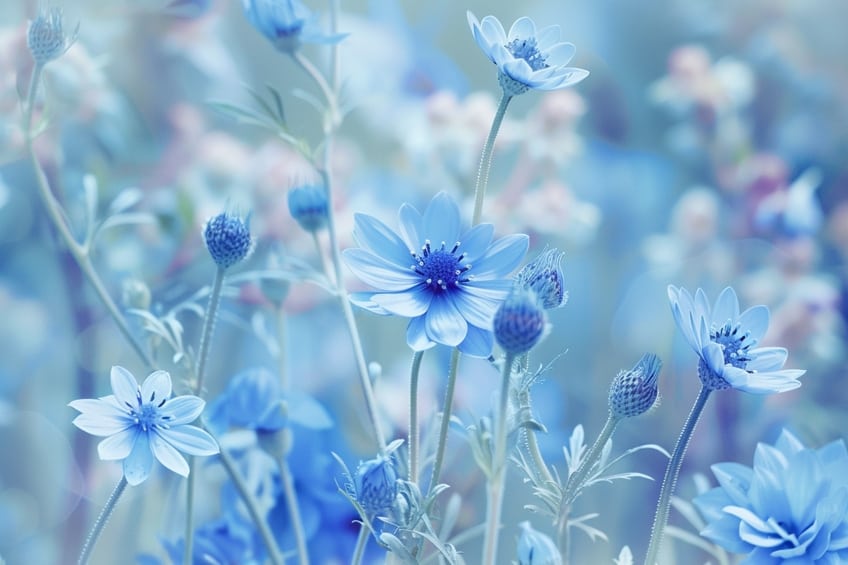
Mixing Blue and White
In the context of paint and color theory, combining blue and white is straightforward and results in various tints of blue. This is due to white’s characteristic of lightening colors to which it is added.
Creating Tints of Blue
When blue is mixed with white, the result is a spectrum of lighter blues known as tints. The specific tint achieved can be manipulated by adjusting the ratio of blue to white:
- Greater proportion of white: Results in a much lighter blue, often described as sky blue or pale blue.
- Equal parts of blue and white: Creates a mid-range light blue.
- Smaller proportion of white: Maintains the blue’s strength while subtly lifting its darkness.
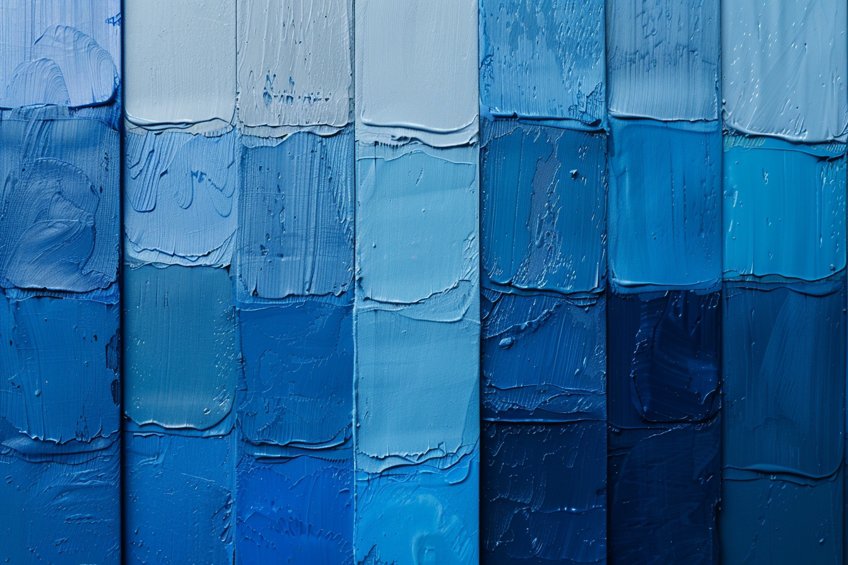
Impact of White on Blue’s Intensity
The intensity or saturation of blue is directly affected by the addition of white. White dilutes the blue pigment, leading to:
- Reduced saturation: As white is incorporated, the intensity of the blue decreases.
- Softened hue: The vividness of the original blue becomes gentler and less harsh.
- Versatility in color: The tint remains versatile and can be used across a variety of contexts and applications, from artistic painting to interior design.
The Role of Light Blue in Design and Art
Light blue, a hue suggestive of serenity and tranquility, plays a multifaceted role in design and art. It is often used to create a sense of openness, calm, and relaxation.

Interior Design
In interior design, light blue shades like sky blue, powder blue, and baby blue, when used effectively, can transform a space into a peaceful sanctuary. Complementary colors such as pale orange or soft coral can add warmth, while analogous colors, including light greens and purples, ensure a harmonious color scheme.
Designers frequently pair light blue with crisp white to evoke cleanliness and freshness or use it as an accent to cool down warmer spaces.
- Light shades of blue: Sky blue, powder blue, baby blue
- Complementary colors: Pale orange, soft coral
- Analogous colors: Light green, lavender
Fashion
In fashion, light blue fabrics convey a relaxed yet poised appearance. It is often used in spring and summer collections to reflect the clear skies and calm seas, resonating with feelings of freedom and escape. The color can be incorporated into various design elements, from monochromatic schemes to color blocking with cool colors such as greens and purples. Usage of the captivating blend of blue and white extends far beyond mere aesthetics; it finds its home in the vibrant world of Spring/Summer collections and relaxed designs.
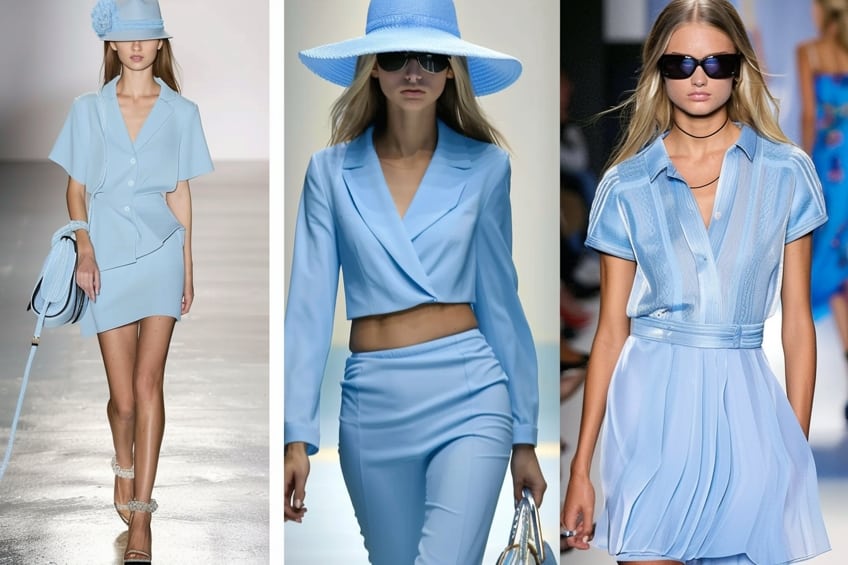
Whether gracing the runways or adorning everyday attire, this dynamic duo breathes life into fashion with its effortless charm. Embracing monochromatic schemes or daring color blocking techniques, designers harness the power of blue and white to evoke feelings of serenity, freshness, and unbounded creativity. As the seasons change and trends evolve, their timeless appeal continues to inspire, offering endless possibilities for those who seek to make a statement with style.
Emotional and Psychological Effects
The use of light blue in any medium is associated with emotional and psychological well-being. It has the power to reduce stress and create a tranquil atmosphere, making it a preferred choice in areas designated for relaxation or concentration.
Art therapists may utilize light blue to help individuals achieve a state of calmness or to stimulate feelings of stability and trust.
- Effects: Reduces stress, promotes tranquility
- Applications: Relaxation spaces, art therapy
Cultural Significance
As we draw our exploration to a close, we’ve discovered the enchanting chemistry that occurs when blue and white collide in the realm of color theory. From the serene depths of cerulean to the crisp clarity of pure white, their union unveils a spectrum of emotions and visual delights. Whether it’s the calm of a clear sky or the purity of freshly fallen snow, blue and white continue to inspire artists, designers, and dreamers alike. So, let us continue to embrace the beauty of these hues, allowing their blend to paint our world with endless possibilities and everlasting charm. As we bid adieu, remember: in the canvas of life, blue and white remain a timeless masterpiece waiting to be explored anew with each brushstroke of imagination.
Frequently Asked Questions
What Is the Result of Mixing Blue and White in Acrylic Paint?
When one mixes blue with white using acrylic paints, the outcome is a shade of light blue. The proportion of white added to blue dictates the lightness of the resulting blue, with more white leading to a paler blue.
What Symbolic Meanings Are Associated With the Colors Blue and White?
The color blue often symbolizes serenity, stability, inspiration, and wisdom. White is typically associated with purity, cleanliness, and peace. Combined, they convey a sense of calmness and order. Different cultures may attribute a variety of meanings to these colors.
In 2005, Charlene completed her Wellness Diplomas in Therapeutic Aromatherapy and Reflexology from the International School of Reflexology and Meridian Therapy. She worked for a company offering corporate wellness programs for a couple of years, before opening up her own therapy practice. It was in 2015 that a friend, who was a digital marketer, asked her to join her company as a content creator, and this is where she found her excitement for writing.
Since joining the content writing world, she has gained a lot of experience over the years writing on a diverse selection of topics, from beauty, health, wellness, travel, and more. Due to various circumstances, she had to close her therapy practice and is now a full-time freelance writer. Being a creative person, she could not pass up the opportunity to contribute to the Art in Context team, where is was in her element, writing about a variety of art and craft topics. Contributing articles for over three years now, her knowledge in this area has grown, and she has gotten to explore her creativity and improve her research and writing skills.
Charlene Lewis has been working for artincontext.org since the relaunch in 2020. She is an experienced writer and mainly focuses on the topics of color theory, painting and drawing.
Learn more about Charlene Lewis and the Art in Context Team.
Cite this Article
Charlene, Lewis, “What Does Blue and White Make? – Creating Heavenly Hues.” Art in Context. March 4, 2024. URL: https://artincontext.org/what-does-blue-and-white-make/
Lewis, C. (2024, 4 March). What Does Blue and White Make? – Creating Heavenly Hues. Art in Context. https://artincontext.org/what-does-blue-and-white-make/
Lewis, Charlene. “What Does Blue and White Make? – Creating Heavenly Hues.” Art in Context, March 4, 2024. https://artincontext.org/what-does-blue-and-white-make/.



